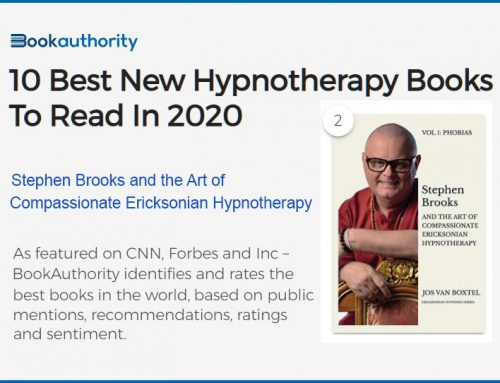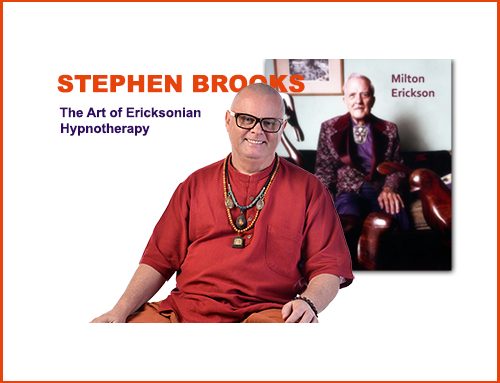Some people have been asking me about how post-hypnotic suggestions work and how to use them etc. So here is my experience gathered over the years…
Post hypnotic suggestions are given to the Patient while they are in trance and suggest that an outcome or new behaviour will occur post- hypnotically after trance is over. This is done so that the Patient receives benefit after the session and/or between each therapy session.
While some changes occur during therapy sessions most therapeutic changes, or at least the benefits of changes, occur after or between sessions. As most therapeutic suggestions are geared towards positive changes in the future, most of our suggestions can be classed as post-hypnotic.
Post-hypnotic Triggers
Post hypnotic suggestions usually require a trigger to set off the outcome or new behaviour. The trigger is usually something that happens anyway as part of the Patient’s everyday life and the Therapist should aim to have post-hypnotic suggestions triggered by expected occurrences such as a time, an event, or expected daily/weekly routines etc. as this way the Patient will be less aware of the trigger.The trigger can even be one of the steps that currently trigger the patient’s problem, like the act of reaching for a pack of cigarettes. This way you are utilizing a step within the problem itself to trigger a new behaviour. A trigger can also be an external stimulus that is outside of the Patient’s control, like the telephone ringing. You should choose a trigger that is likely to happen anyway and that is not too unusual. If the trigger were unusual it might promote a recall of the suggestion being given and give the Patient the conscious choice of whether to sabotage the response.
Automatic Re-induction of Trance
Patients automatically re-enter a brief trance of approximately the same depth and quality as the original hypnotic state when the trigger initiates the post hypnotic suggestion to carry out an act. Even if the Patient has his eyes open in order to carry out the act he will still enter a hypnotic state similar to the one he originally experienced when the post hypnotic suggestion was given. This does not affect his other rational day to day thinking in any other way at that moment as the post-hypnotic trance is specific and limited to only carrying out that post-hypnotic suggestion.
The Interruption of Post-hypnotic Behaviours
With good hypnotic subjects, responses to post-hypnotic suggestion can be interrupted (by the therapist) mid way before completion and the Patient, having completed only half of the post-hypnotic act, will remain frozen and somewhat zombie-like waiting for further instructions from the Therapist. This state (which has a similar depth and quality to the original) can be utilized for additional therapy.
If a third party interrupts the act, the Patient’s behaviour is not affected and he is able to complete the act. This is because the post-hypnotic suggestion and act is limited to the relationship between the therapist and Patient unless the therapist has suggested (post-hypnotically) otherwise.
Effectiveness of Post-hypnotic Suggestions Over Time
Post hypnotic suggestions can remain potentially active for many years. As long as the context and conditions are right, the Patient will be able to respond to the post-hypnotic suggestion in the distant future without any conscious memory of it being given. However, if the context is not right, the suggestion may be ineffective. For example, if the therapist gives the Patient, a post-hypnotic suggestion to automatically re-enter trance on each subsequent meeting, the Patient will usually re-enter the hypnotic state as soon as he enters the therapist’s consulting room. This could happen even if the return visit were to take place several years in the future. If however, the therapist and Patient meet by accident in a social setting in the future the Patient would be unlikely to re-enter hypnosis because the context would be different and inappropriate.
Amnesia and Post-hypnotic Suggestion
Patients will usually still carry out post-hypnotic suggestions even if they remember being given them during a therapy session. This is because the suggested behaviours are usually of a positive and beneficial nature and the hypnosis makes them feel compelled to carry them out anyway. If the remembered suggestions were to encourage the Patient to engage in an irrational behaviour however, the Patient might possibly fight the compulsion to carry them out.
If amnesia is present, the Patient will carry out both rational and irrational suggestions without any conscious judgment. So ideally, we prefer the patient to be amnesic for the post-hypnotic suggestions as there is then a higher chance that they will carry them out and so get more benefit from the therapy.
Stephen Brooks






